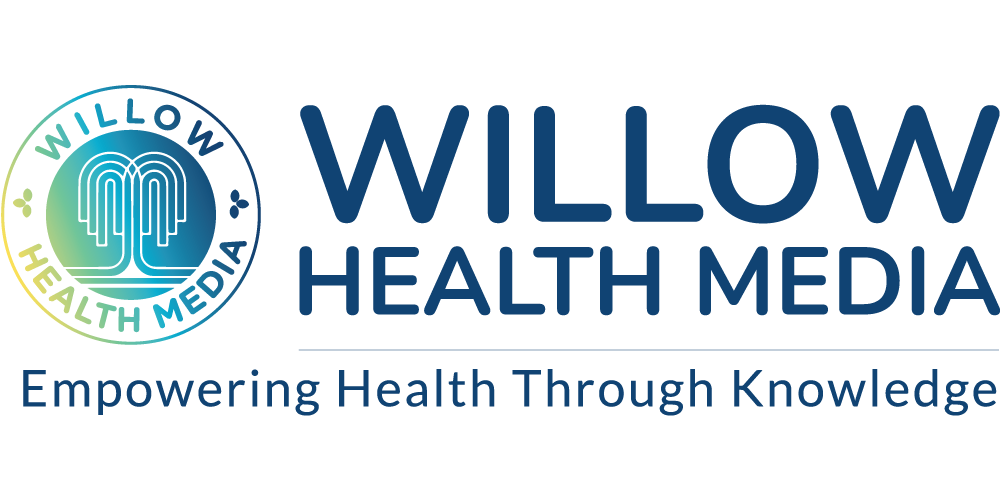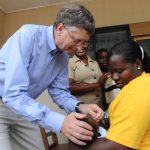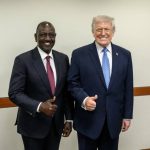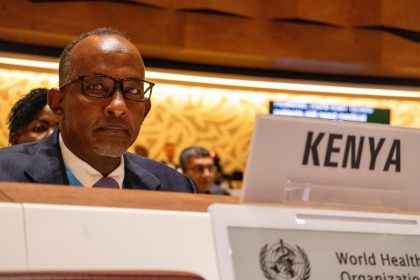WHO, UNICEF, and the World Food Programme (WFP) will work as a single team for faster delivery of medical aid.
The United Nations is overhauling its response to global health emergencies by unifying the operations of the World Health Organization (WHO), UNICEF, and the World Food Programme (WFP) into a single team. This aims to achieve faster delivery of medical aid and a stronger, coordinated effort against child malnutrition.
The “Shifting Paradigms United to Deliver” report addresses fragmented responses to health emergencies like disease outbreaks and childhood malnutrition, which worsen when agencies work separately during a crisis.
To fix this, a new unified approach was tested. In this model, WHO teams conducted immediate health assessments whilst WFP delivered targeted therapeutic foods based on real-time UNICEF malnutrition data. By sharing information and coordinating actions, health and aid teams reached 10,000 people 30 per cent faster than before, tackling both diseases and hunger simultaneously.
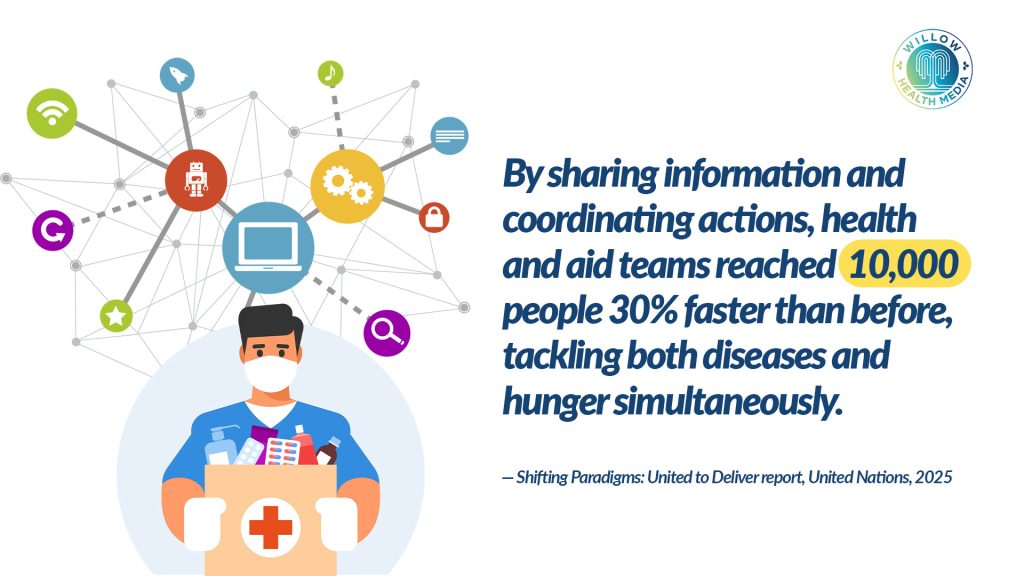
The reform will streamline $18 billion in humanitarian supply chains, which consume about 70 per cent of aid budgets. The savings, expected to be hundreds of millions, will pay for more vaccines, better disease tracking, feeding programmes, and emergency medical kits that can be deployed in hours, not weeks.
In the new framework:
- World Health Organization (WHO): Will lead disease surveillance, using its expertise to set up early warning systems for epidemics. Its expanded duties include coordinating mass vaccinations and establishing treatment protocols for managing complex medical emergencies in resource-limited settings.
- UNICEF: Will intensify its focus on combating childhood malnutrition affecting millions, whilst expanding access to clean water and sanitation services that prevent waterborne diseases. The agency will implement targeted therapeutic feeding programmes and distribute micronutrient supplements.
- World Food Programme (WFP): Will transition from generic food distribution to precision nutrition interventions. Its enhanced health mandate includes managing food-as-medicine programmes where specially formulated products treat conditions like severe acute malnutrition.

To eliminate wasted effort, the new system replaces competing aid missions with a single, coordinated plan. This means every action is part of one unified strategy.
By reducing bureaucracy and going digital, the plan will save thousands of staff hours. Staff will be redirected from paperwork to hands-on aid, allowing medics to treat more patients and logistics workers to speed up deliveries.
The new supply chain model solves a critical inefficiency where agencies previously managed separate procurement systems, sometimes competing for the same supplies. By unifying these efforts, the approach achieves economies of scale that lower costs and accelerate deliveries.
Supporting this effort, the Humanitarian Data Collaborative will transform crisis response by giving all health workers access to a shared platform for real-time disease surveillance and outbreak mapping. This system is designed to instantly identify new health threats and monitor the progression of outbreaks.
Effective aid requires knowledge of local conditions, culture, existing health systems
Healthcare teams will access live data showing disease patterns and malnutrition levels. If cholera cases spike in a refugee camp, the system will automatically alert health teams and trigger a unified response from WHO, UNICEF, and WFP simultaneously.
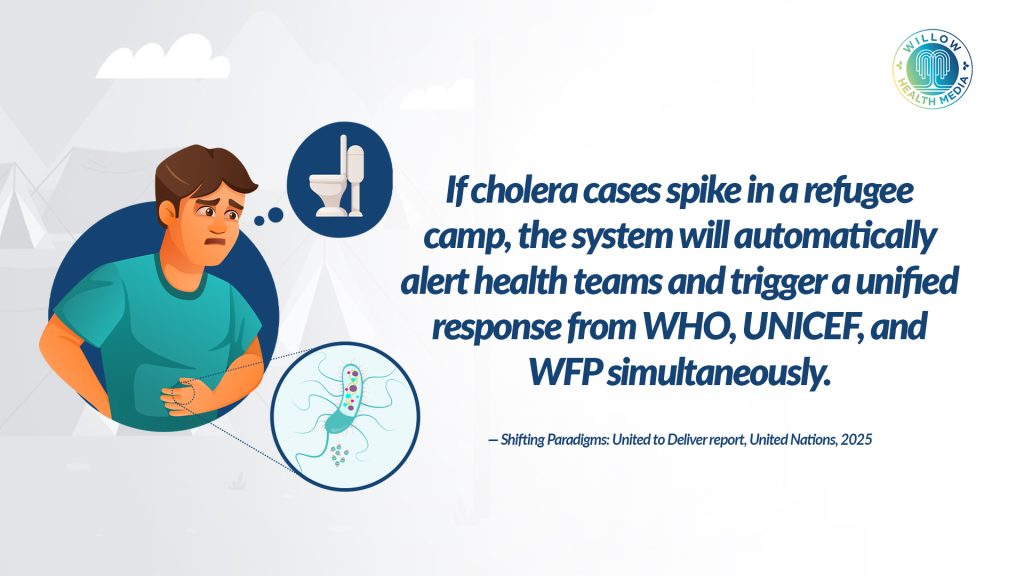
Empowered UN coordinators in each country, backed by better data and greater authority, will now lead more unified relief efforts and make smarter decisions about prioritising resources.
This stronger leadership approach recognises that effective aid requires knowledge of local conditions, culture, and existing health systems. Coordinators will partner directly with national governments and local groups to ensure new efforts complement, rather than duplicate, existing services.
This reform responds to an era of overlapping crises like pandemics, climate disasters, and prolonged conflicts, which have overwhelmed traditional aid systems. The COVID-19 pandemic revealed the fatal flaws of fragmented responses.
Instead of allowing agencies to continue working in isolation, this unified model embeds collaboration as a core operational requirement. This change recognises that today’s crises are intertwined, requiring solutions that integrate health, nutrition, and social stability simultaneously.
Ultimately, the reform transforms aid from a series of separate projects into a single, cohesive system. Every intervention becomes part of a unified, evidence-based strategy to save lives and build resilience. As global needs outpace resources, this integrated approach is a critical pathway to a more effective, efficient, and sustainable humanitarian response for the world’s most vulnerable people.
